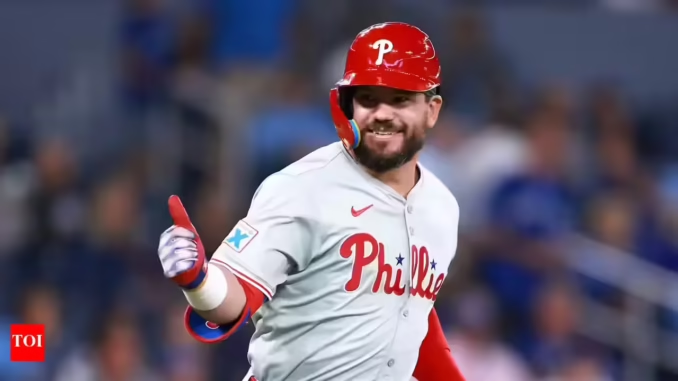
The Philadelphia Phillies entered the 2025 season with high expectations and delivered another strong regular-season campaign, claiming yet another NL East title. Their performance across 162 games demonstrated consistency, depth, and star power, continuing a pattern that has defined the franchise in recent years. However, once October baseball arrived, the familiar disappointment returned. Despite earning a well-deserved bye to the National League Division Series, the Phillies were rewarded with a less-than-ideal matchup thanks to postseason seeding. Their opponent: the reigning World Series champion Los Angeles Dodgers, a team loaded with firepower and October experience.
The series quickly became a harsh reminder that regular-season dominance does not always translate to postseason glory. In a frustrating deja vu scenario, the Phillies were eliminated by a Wild Card team for the second straight year. Their bats went cold at key moments, the pitching staff struggled to contain the Dodgers’ relentless offense, and the entire postseason run felt like an abrupt halt rather than a battle fought to the finish. As the Dodgers advanced, the Phillies were left to confront the same agonizing question that has haunted them the past few Octobers: what needs to change for this roster to finally get over the hump and reach the World Series again?
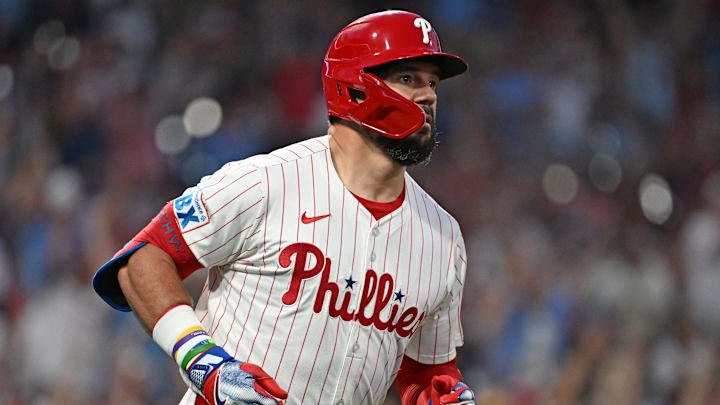
While the front office must examine everything from roster depth to pitching stability, one truth stands out above the rest—there is no path forward without Kyle Schwarber. The veteran slugger, entering free agency at season’s end, has become the heartbeat of Philadelphia’s offense. Since signing with the Phillies before the 2022 season, Schwarber has done nothing but produce. His presence in the lineup has reshaped opposing pitching strategies, and his ability to shift momentum with one swing has become essential to the club’s identity.
Even at 32, Schwarber put together the best season of his career in 2025. He launched an eye-popping 56 home runs while driving in 132 runs, leading the team in nearly every major offensive category. These aren’t empty numbers either—so many of his homers came in clutch moments, often sparking rallies or breaking open tight games. Philadelphia thrives on power and pressure, and Schwarber has become the embodiment of that philosophy.
A major part of his offensive surge stems from the National League’s decision to adopt the designated hitter rule. No longer forced to patrol left field—where his defense could occasionally become a liability—Schwarber has been able to focus entirely on doing what he does best: hit baseballs into the seats. Removing the defensive stress has kept him healthier, fresher, and far more impactful in late-game situations.
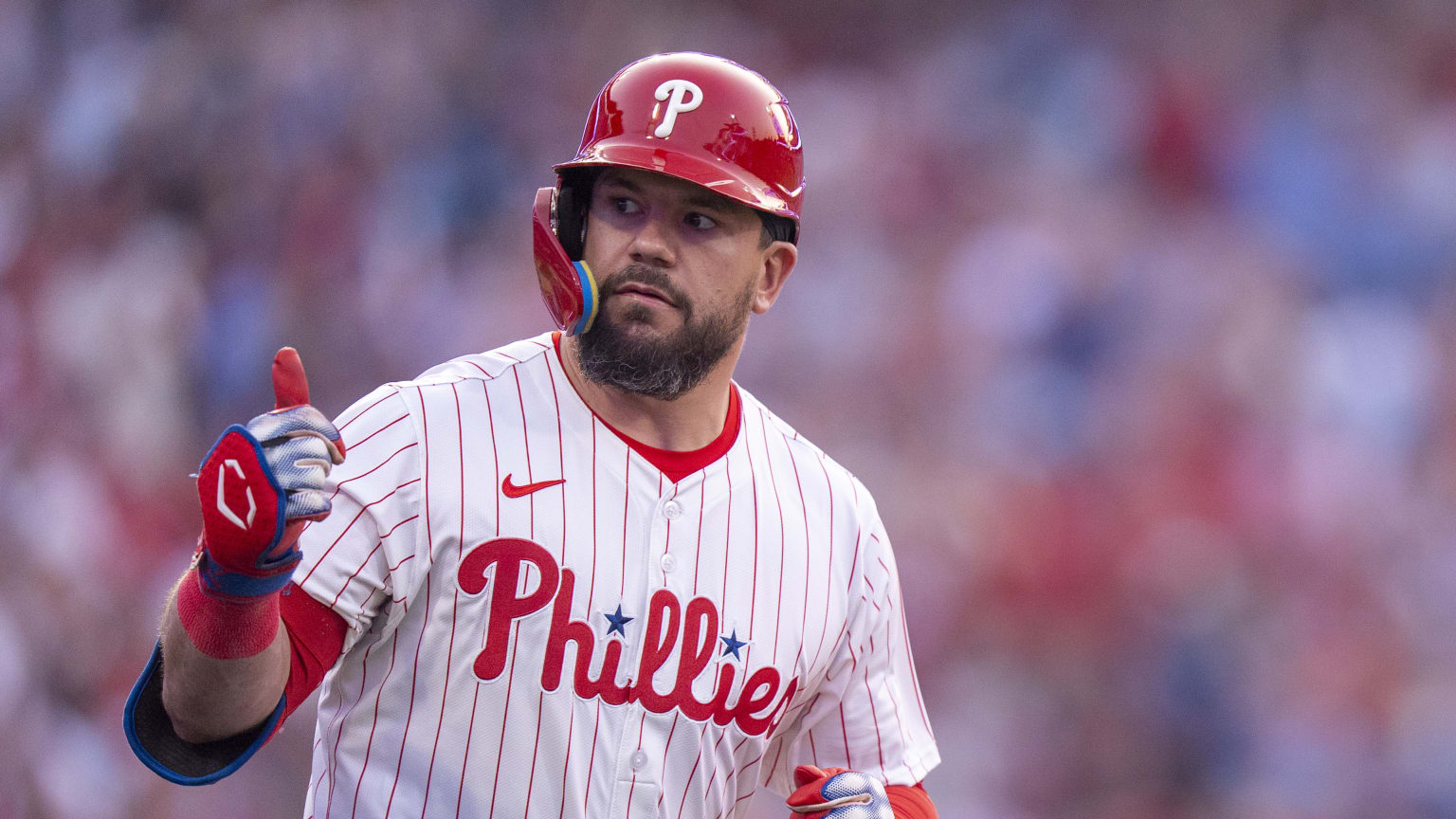
But because of that impact, the Phillies won’t be the only team lining up to court him this offseason. Multiple clubs will see Schwarber as an instant upgrade—a middle-of-the-order presence who brings power, postseason experience, and clubhouse leadership. While he has expressed a desire to remain in Philadelphia and continue what he has helped build, free agency introduces financial realities that cannot be ignored.
At 32, this is likely Schwarber’s final opportunity to secure a long-term, high-value contract. His production is peaking at the perfect moment, making his market potentially massive. The Phillies cannot assume loyalty will outweigh business. If they truly want to keep their most feared hitter, they’ll need to be prepared to spend. Letting Schwarber walk would leave a gaping hole—both statistically and emotionally—and would signal a major step backward for a team still chasing postseason redemption.
Simply put: if Philadelphia wants to finish what it started, bringing Schwarber back is not optional. It’s essential.
Phillies must sign Kyle Schwarber to a four-year, $160 million deal
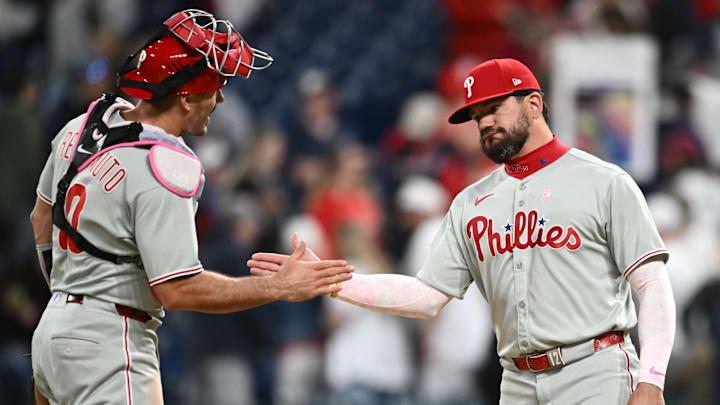
Some analysts believe that Kyle Schwarber could land a contract worth around five years and $160 million in free agency — a deal that would payout roughly $32 million per season. The financial commitment is massive for a player whose value is tied almost entirely to what he produces with the bat. Schwarber offers virtually nothing defensively; he is not an outfielder teams can rely on, and he is not someone who can shift around the diamond to create lineup flexibility. Any club willing to make such a hefty investment would be doing so under the assumption that Schwarber continues to hit at an elite level, similar to what he did in 2025, or at least maintains the high offensive bar he set the season before. Essentially, teams are betting on his bat carrying the contract.
Yet, there are undeniable risks in committing such a large sum to Schwarber. Age is the most obvious concern. He is entering a stage of his career where most players begin to decline, and his body type — bulky, power-first, and not built on athleticism — does not inspire confidence that he will age as smoothly as more well-rounded or highly conditioned players. Players with Schwarber’s profile often see steep drop-offs in performance when their bat speed dips or their timing becomes inconsistent. If his offensive production dips, even moderately, the contract could very quickly become a burden that restricts payroll flexibility for whichever front office signs him.
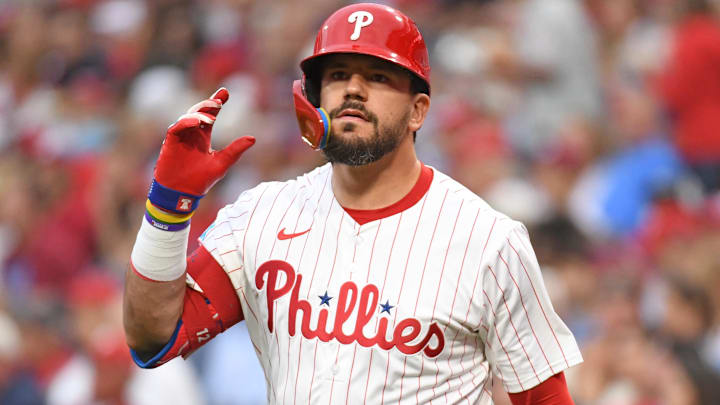
The contrast between Schwarber’s recent success and his earlier career only adds to the uncertainty. Over the last two seasons, he has accumulated 9.2 wins above replacement (fWAR). That total surpasses the combined 8.6 fWAR he put up in the previous six years. This dramatic spike makes his current production look more like a short-term peak than the expected norm. Teams have to wrestle with the possibility that these last two seasons could be statistical anomalies — the best-case scenario, not the baseline. Handing him a massive long-term deal essentially means believing that the version of Schwarber from the past two years is the version they will continue to get, even as he ages and potentially loses power.
Latest Phillies’ GM’s Bryce Harper comments give SF Giants golden opportunity
Expecting Schwarber to produce another season like his most recent one — including 56 home runs and 132 RBIs — would be a stretch. History shows that it is rare for a player to consistently hit at that level, especially as they move deeper into their 30s. However, free agency does not operate strictly on caution or analytical pessimism. Power is always in high demand and is often overpaid for. Teams are willing to write big checks for home runs, and Schwarber represents one of the purest power bats available. The Phillies, or any other suitor, will be pressured to follow the market’s willingness to pay for slugging.
To reduce the risk, the Phillies could pursue an alternative strategy rather than matching a traditional long-term deal. Instead of offering five years and stretching the financial risk deeper into Schwarber’s mid-30s, Philadelphia could structure a more aggressive offer in terms of annual salary but over fewer seasons. A four-year, $160 million deal — the same total amount that some are predicting for five years — would significantly increase Schwarber’s yearly earnings but limit long-term exposure for the team. This approach protects the organization from being locked into a declining player several years down the road while still rewarding Schwarber handsomely in the short term.

The Phillies have good reasons to push hard to keep Schwarber. He remains one of the most vital offensive weapons in their lineup. Last season, only two hitters on the roster crossed the 20-home-run threshold: Bryce Harper and Schwarber. While hitting home runs should not be the only focus of a successful offense, having an elite power presence dramatically lengthens the lineup and alters how opposing pitchers attack them. Beyond the raw power output, Schwarber was one of the best overall hitters in baseball last season based on wRC+, finishing sixth in MLB. He was also extremely reliable, appearing in all 162 games. His availability and consistency were crucial to Philadelphia making the postseason — without him, their playoff chances may have evaporated.
The reality is that Schwarber is entering free agency at the perfect moment, coming off the best stretch of his career. If the market pushes his potential value toward $160 million, the Phillies will likely have to either match the highest offer or watch one of their foundational hitters sign elsewhere. Philadelphia’s front office knows they cannot easily replace his level of production; power bats of his caliber are not in abundance.
READ MORE: Reds blockbuster move land Phillies slugger
Phillies to trade three-time Silver Slugger to Twins
Given the strong relationship between Schwarber and the organization — and the mutual respect between player and team — the Phillies could pitch a strategy that benefits both sides. They could present the shorter-term, high-AAV deal as a win-win scenario: Schwarber gets massive yearly earnings immediately, and the Phillies maintain payroll flexibility later. The club could even reassure Schwarber that if he remains productive when that deal ends, they would be willing to discuss another generous contract as he approaches 2029. This plan shows commitment without overextending into his late 30s.
When weighing risk and reward, a four-year, $160 million contract appears to strike the perfect balance. It allows the Phillies to retain Schwarber’s elite bat for the prime window of their championship pursuit while limiting future financial liability. For a franchise that values contention in the present and respects the player’s importance to the roster, locking in Schwarber under these terms seems like the right move.
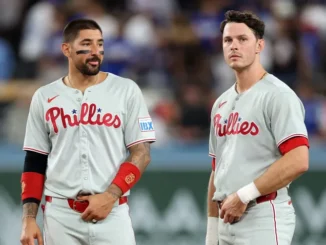
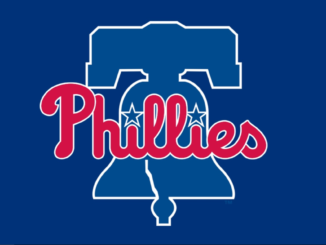
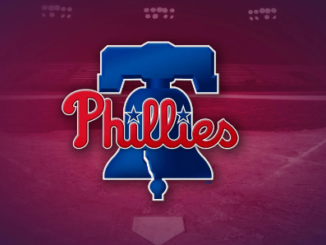
Be the first to comment